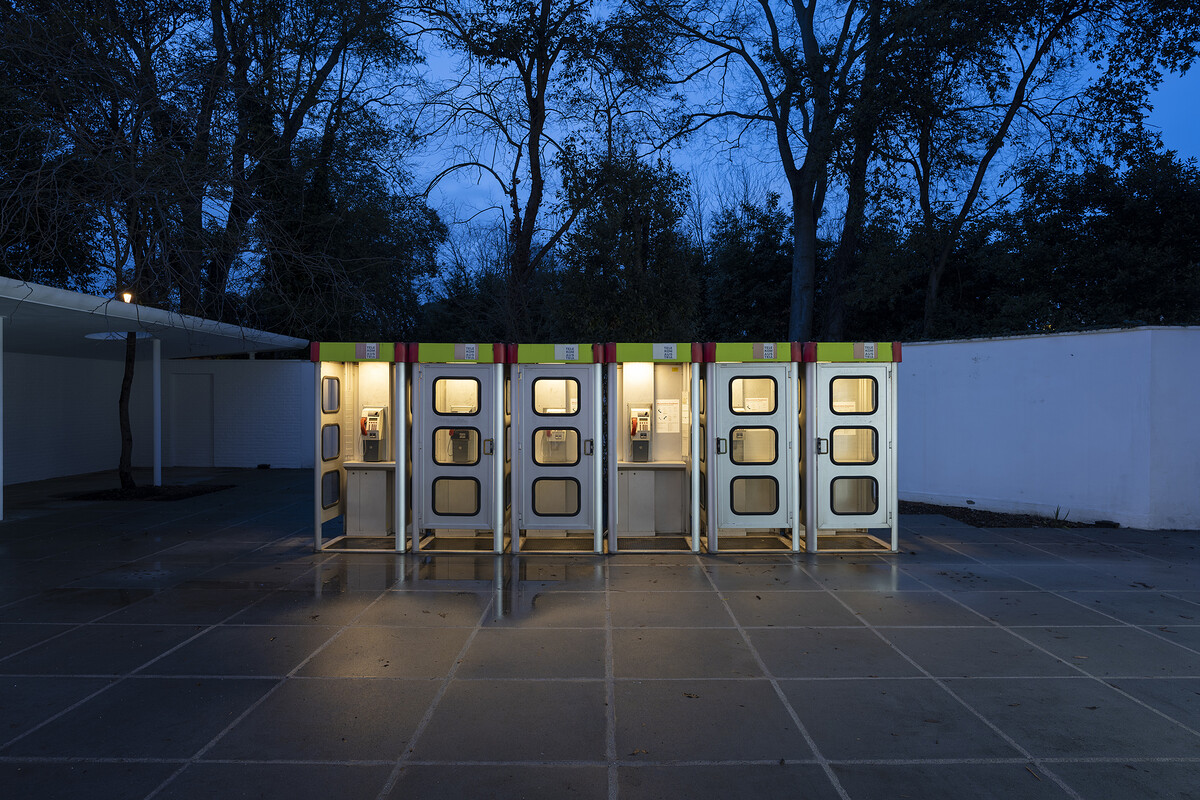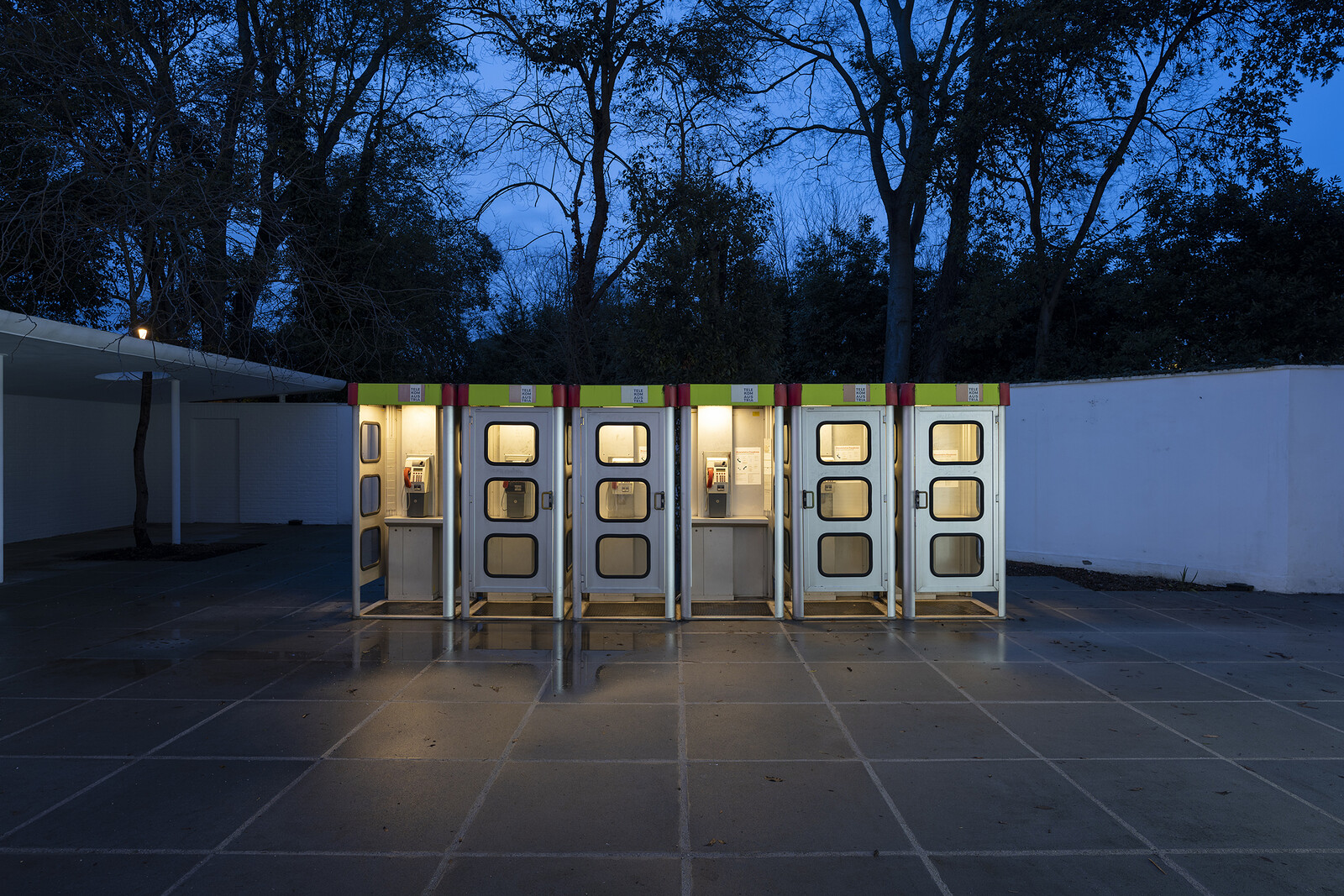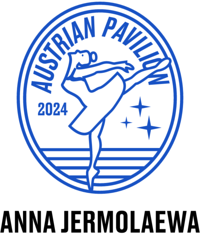April 20–November 24, 2024
Giardini della Biennale
Venice
Italy
For the Austrian contribution to the 2024 Venice Biennale, Vienna-based artist Anna Jermolaewa spans the arc from her experience as a political refugee to signifiers of revolution and subversion against non-democratic regimes.
Born in Leningrad, Jermolaewa became involved in the opposition party Democratic Union in the late 1980s and was co-editor of one of the party’s weekly samizdat newspapers. In 1989, she and her then-husband were targeted by the KGB and had to flee the Soviet Union. They were granted political asylum in Austria, where for the last thirty-five years Jermolaewa has developed a body of work that, while conceptual, touches on the poetry of everyday life.
In the Austrian pavilion—curated by Gabriele Spindler—Anna Jermolaewa presents the following selected works.
In times of political unrest, for instance the death of a head of state, Soviet television replaced their regularly scheduled broadcast with Swan Lake… in a loop sometimes for days. In Soviet cultural memory, Tchaikovsky’s famous ballet became code for a change in power. In Rehearsal for Swan Lake (2024)—realized in collaboration with Ukrainian ballet dancer and choreographer Oksana Serheieva—a group of ballet dancers rehearse select scenes, transforming Swan Lake from a tool of censorship and distraction into a political protest, the dancers rehearsing for regime change in Russia. Serheieva will perform live in the pavilion throughout the duration of the biennale on select dates.
The Penultimate (2017) consists of a series of plants: carnations, roses, tulips, cornflowers, lotuses, saffron crocuses, jasmine, a cedar and an orange tree. Each plant represents a “color revolution”: a popular uprising referred to or symbolized by a color or floral term. Presented as a still life, these flowers and plants are a reminder of what undemocratic regimes fear most: an overthrow originating with the people.
In the Soviet Union, people were banned from owning record albums containing popular music, especially from the West. People caught with them could go to prison. In response, Soviet bootleggers developed a way to subvert the ban: they copied albums onto used X-ray films hospitals had discarded. These X-ray film records—nicknamed “ribs”—were exchanged on the black market until the advent of the audio cassette. Ribs (2022/24) takes a sample of these Soviet recordings and returns them to their original function: displayed on a doctor’s X-ray film viewer. In the pavilion, X-ray film records will be played once a day.
In Research for Sleeping Positions (2006), Jermolaewa tries to find sleep on a train station bench in Vienna’s Westbahnhof. She tries multiple positions, all uncomfortable. Seventeen years earlier, she spent her first week in Austria on a bench in this station, sleeping on it every night before ending up in the refugee camp in Traiskirchen. The artist reenacts this experience but with one crucial difference: the bench now has armrests, installed as a deterrent for people trying to find rest.
Untitled (Telephone Booths) (2024), in the inner courtyard, is a bank of original telephone booths from the refugee camp in Traiskirchen. It’s said that the most international calls made in Austria came from these six booths. Written on their walls, literally, are notes from asylum seekers. The booths are capsules of a spectrum of emotion—the insecurity, but also hope, felt by those in transit. In 1989, Jermolaewa used these exact booths to contact her family and tell them she’d arrived in the West. After they became obsolete due to the advent of smartphones, they were scheduled for removal. In the Giardini, they are experiencing a second life. The phones are fully functional for pavilion visitors.







